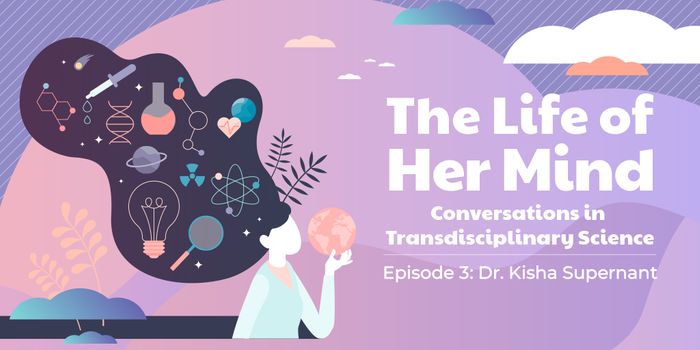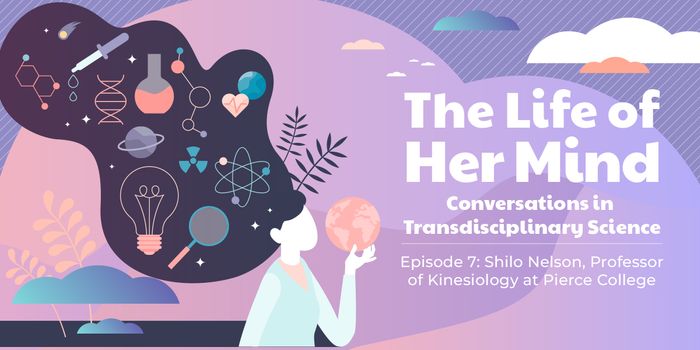Tiny molecular connections are absolutely at the cutting edge of chemistry. Linking molecules to create a chain reaction is something scientists have been working on for decades. Jean Pierre Sauvage, a scientist from the University of Strasbourg in France came up with a way to link molecules together like a paper chain and this was the beginning of the research into "machines" made from molecules and not nuts and bolts. J Fraser Stoddart from Northwestern University built on this work making it possible to create larger amounts of molecular machines using rings clipped around a central axle. In 1991, Bernard Feringa of the University of Groningen in the Netherlands topped it all off by building the first molecular motor. Together, these three scientists shared the 2016 Nobel Prize for Chemistry.
While science at such a microscopic level can be hard to understand, experts say that it's this kind of work that will inspire more children to get into science. There could be endless opportunities with technology like this. It's believed that thousands of new chemical reactions are happening as a result of the advances the three winners have been working on. Being able to create and manipulate chemical reactions will move science forward at an unprecedented pace. The three will share the prize money of $930,000 equally








